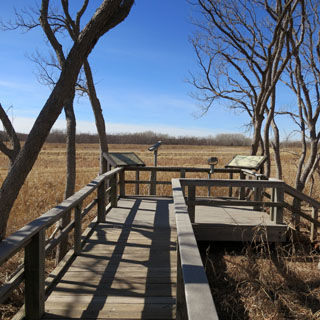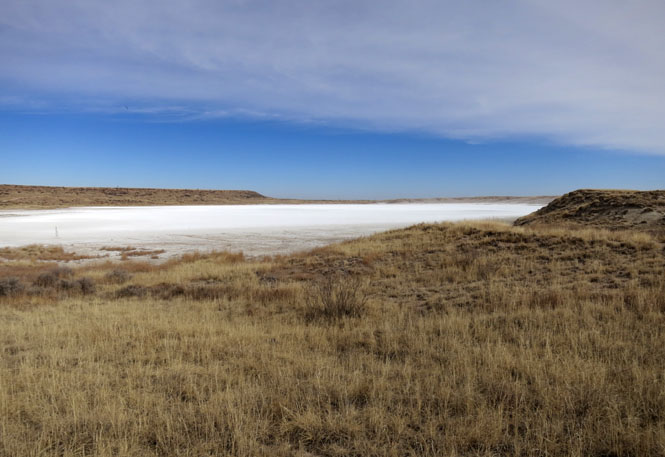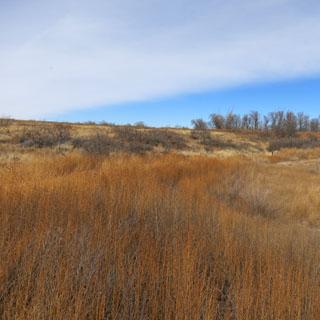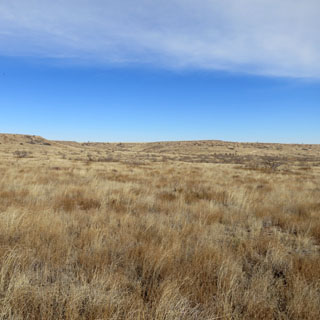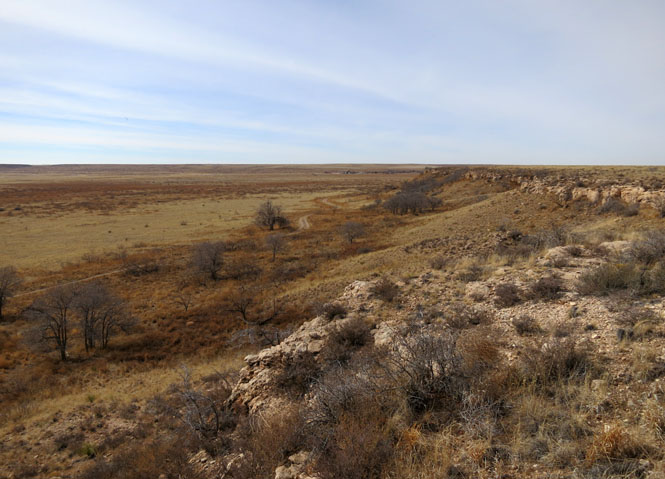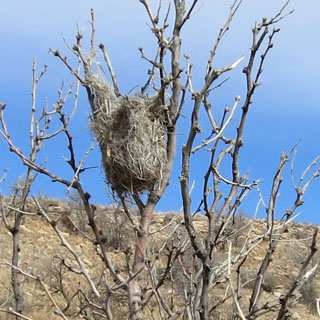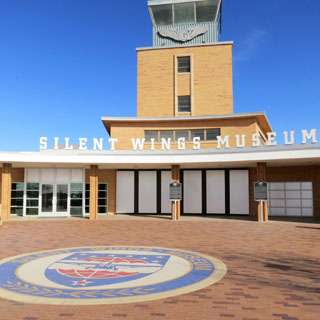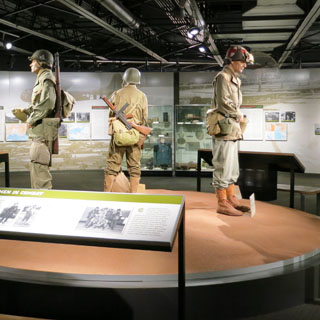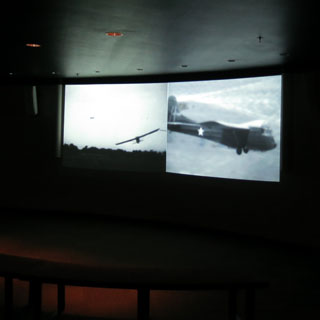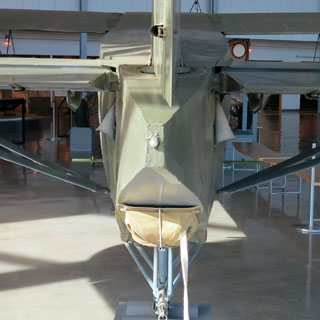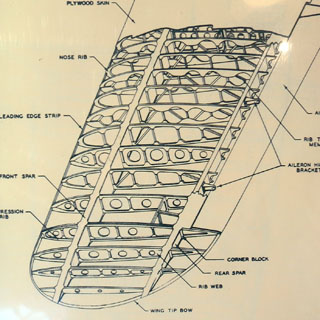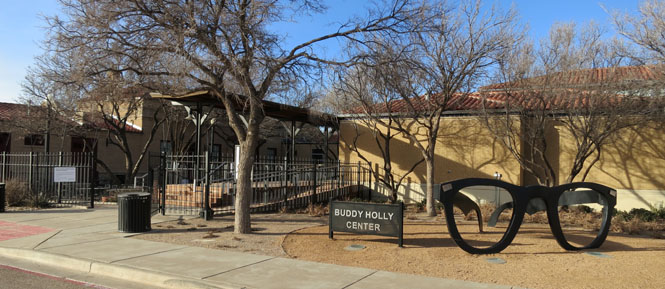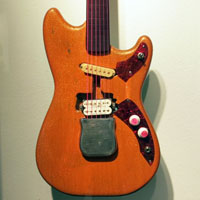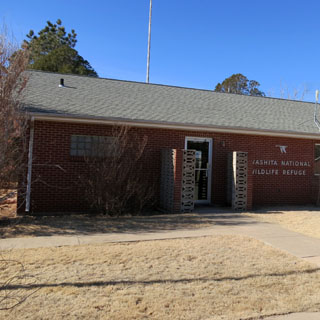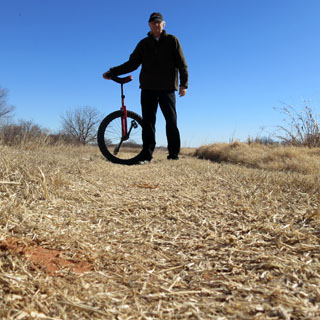January 24, 2014

The Muleshoe wildlife refuge is in the Texas panhandle, south of Amarillo.
 Texas
Texas
The refuge takes its name from the small town of Muleshoe, Texas, which is a few miles north.
 Muleshoe National Wildlife
Refuge
Muleshoe National Wildlife
Refuge
It is
the oldest national wildlife refuge in Texas and was established in 1935.
Most of the short-grass prairie habitat has never seen a plow and stands
today as it did hundreds of years ago. Important to migratory birds and many
resident species of wildlife, the refuge is best known for hosting one of
the largest concentrations of lesser sandhill cranes in North America. It is
estimated that every year approximately 15 percent of the lesser sandhill
crane population depends upon the refuge between the fall and spring.
--NWR website
--NWR website
I wouldn't expect to meet many visitors to this refuge even in the peak season. There is a small campground on the grounds and there is also a picnic area--of course, both were empty when I was there.
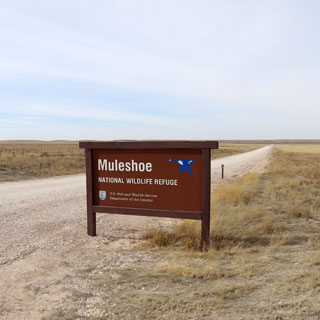
Goose Lake was dry. I'd expect later in the year it would at least be covered with shallow water; anyway, enough to attract birds.

There are a number of dirt roads that are closed to traffic, but are open for hiking.

Two different homes.
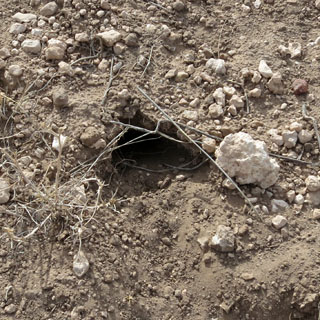
It was zero degrees that morning, and when this picture was taken it wasn't much above thirty.
The Silent Wings Museum is just north of Lubbock in the old passenger terminal of the airport. It is devoted to the history of the gliders used by the army air corps during world war 2--particularly the Waco CG-4.
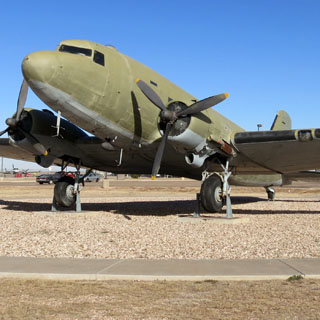
These two manikin soldiers are shown lifting the cockpit open (it's hinged at the top. That's how the cargo was removed. The fuselage was large enough to hold a single Jeep (I'm guessing that this was a prime design target). Considering that many landings ended with the glider pitching up on its nose before settling back down, you only hope that the Jeep (just a foot behind the pilot) was well restrained.
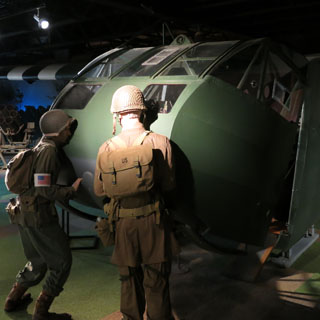
The pilots wore 'G' wings (for "glider"). Apparently, the 'G' was also understood to stand for "guts." I believe it. The glider pilots were often older candidates who were considered too old for powered planes, or were candidates who had washed out of training for powered planes. Being a glider pilot might not have been the most prestigious, but it had to have been one of the more dangerous assignments. The museum has a small theater showing a documentary of the glider program.

A fully restored CG-4 is the highlight of their displayed aircraft.
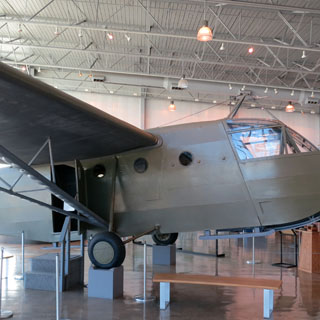
These aircraft were easy to build and assemble, and were realistically expected to only make a single flight in combat. The landings during these missions were often only marginally better than crash landings.
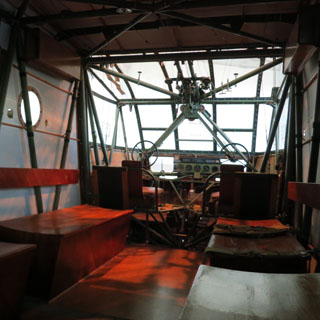
Strut attachments. It's interesting that the design engineers made certain that the outboard fittings behaved as true fully-pinned connections.
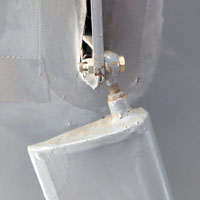


The Buddy Holly Center is a museum devoted to Buddy Holly (who was from Lubbock).
Unfortunately, the museum did not allow photography. There was a separate room with the guitars of Texas performers (which did allow photography).

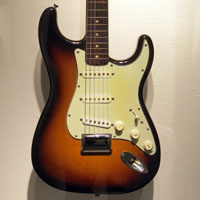
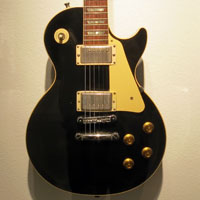
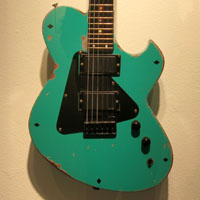
Some noteworthy things: His career lasted only 18 months before the plane crash that killed him; he maintained legal control of his music (unlike so many of his contemporaries); he produced his own work (in a studio in nearby Clovis).
On display were his trademark glasses that he was wearing when the plane went down. His Fender Stratocaster was also on display--the guitar was back on the tour bus; not with him on the plane. Overall, I was impressed by the quality of the museum. It was much more thorough and professional than I would have expected.
A documentary of Buddy Holly ran continuously in an adjacent room.
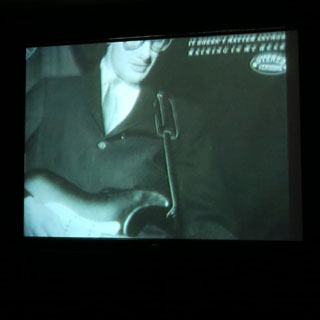
I suppose in England the name "Crickets" would make as much sense as if it were "Buddy Holly and the Baseballs" in this country. With the group (in London) are two famous (it said) cricket players. Everybody's being a good sport with this goofy P.R. setup. I expected to see guitar picks on his grave marker; but, there were only coins (on the marker, the spelling of "Holley" is correct. Buddy used "Holly" after Decca records spelled it wrong on a contract).
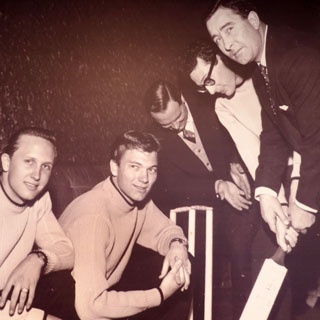
 Oklahoma
Oklahoma
The Washita NWR should not be confused with the Wichita NWR--both in Oklahoma, and not that far apart. Nor should the Washita refuge be confused with the Washita battlefield site which is further up the river from here.
 Washita National Wildlife
Refuge
Washita National Wildlife
Refuge
Within
the refuge, the slow-moving Washita River winds through prairie and
farmlands to merge with Foss Reservoir, providing a home and resting area
for geese and other waterfowl. Gently rolling hills, ravines, and
bottomlands laced with creeks shelter wildlife as common as white-tailed
deer and as unusual as the Texas horned lizard.
-- NWR website
-- NWR website
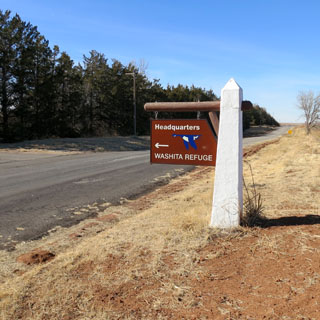
I could shed the outer coat on this day; it wasn't nearly so cold.
